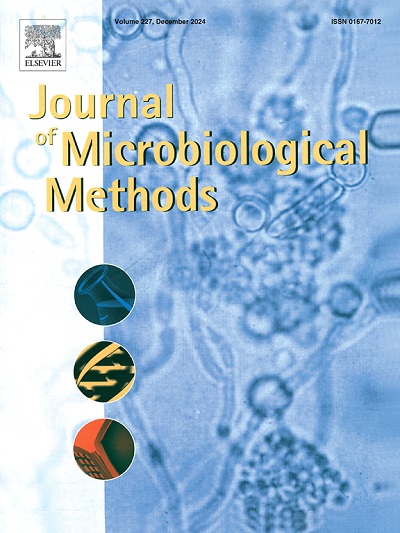用于结核病疫苗和药物输送的纳米颗粒的最新进展
IF 1.9
4区 生物学
Q4 BIOCHEMICAL RESEARCH METHODS
引用次数: 0
摘要
从最初的几个世纪到现在,结核病一直是一种无法治愈的全球性疾病。然而,在某些情况下,这种疾病在受折磨的个体中仍然处于休眠状态。由于厚脂分枝杆菌壁和具有挑战性的药物输送到细菌细胞,在这一点上治疗是复杂的。在过去的几个月中。近年来,纳米材料在结核病管理中的作用不断增强,特别是在早期诊断、疫苗和治疗领域。研究表明,纳米材料可以快速准确地识别结核病菌。此外,新型纳米载体在改善药物传递和免疫方面显示出巨大的希望,可能会增加靶器官中的药物浓度,同时降低治疗频率。此外,抗原载体的工程设计是结核病研究的一个有前途的领域,它可能导致成功创造一类新的强效结核病疫苗。本文讨论了结核感染诊断、病理生理学、免疫学以及用于递送结核疫苗和抗结核药物的先进纳米颗粒。本文还讨论了在为结核病患者的健康和福祉创造安全和功能性纳米颗粒治疗和诊断方面的挑战和未来前景。本文章由计算机程序翻译,如有差异,请以英文原文为准。

Current advancements in nanoparticles for vaccines and drug delivery for the treatment of tuberculosis
Since the early centuries until the present, tuberculosis has been a global illness with no cure. However, the sickness remains dormant in the afflicted individuals in certain circumstances. Due to the thick lipid mycobacterial wall and the challenging medication delivery into the bacterial cell, treatment is complex at this point. Over the past utics., there has been a growth in the function of nanomaterials in tuberculosis (TB) management, especially in the domains of early diagnosis, vaccine, and therapy. It has been demonstrated that nanomaterials are effective in quickly and accurately identifying tuberculosis germs. Additionally, novel nanocarriers have shown great promise for improved medication delivery and immunization, possibly increasing drug concentrations in target organs while lowering the frequency of treatments. Furthermore, the engineering of antigen carriers is a promising area of tuberculosis research that may lead to the successful creation of a novel class of potent TB vaccines. This article addresses tuberculosis infection diagnosis, pathophysiology, immunology, and advanced nanoparticles to deliver TB vaccines and anti-TB drugs. The challenges and prospects for the future in creating secure and functional nanoparticles for tuberculosis treatment and diagnosis for the good health and well-being of the patient are also discussed.
求助全文
通过发布文献求助,成功后即可免费获取论文全文。
去求助
来源期刊

Journal of microbiological methods
生物-生化研究方法
CiteScore
4.30
自引率
4.50%
发文量
151
审稿时长
29 days
期刊介绍:
The Journal of Microbiological Methods publishes scholarly and original articles, notes and review articles. These articles must include novel and/or state-of-the-art methods, or significant improvements to existing methods. Novel and innovative applications of current methods that are validated and useful will also be published. JMM strives for scholarship, innovation and excellence. This demands scientific rigour, the best available methods and technologies, correctly replicated experiments/tests, the inclusion of proper controls, calibrations, and the correct statistical analysis. The presentation of the data must support the interpretation of the method/approach.
All aspects of microbiology are covered, except virology. These include agricultural microbiology, applied and environmental microbiology, bioassays, bioinformatics, biotechnology, biochemical microbiology, clinical microbiology, diagnostics, food monitoring and quality control microbiology, microbial genetics and genomics, geomicrobiology, microbiome methods regardless of habitat, high through-put sequencing methods and analysis, microbial pathogenesis and host responses, metabolomics, metagenomics, metaproteomics, microbial ecology and diversity, microbial physiology, microbial ultra-structure, microscopic and imaging methods, molecular microbiology, mycology, novel mathematical microbiology and modelling, parasitology, plant-microbe interactions, protein markers/profiles, proteomics, pyrosequencing, public health microbiology, radioisotopes applied to microbiology, robotics applied to microbiological methods,rumen microbiology, microbiological methods for space missions and extreme environments, sampling methods and samplers, soil and sediment microbiology, transcriptomics, veterinary microbiology, sero-diagnostics and typing/identification.
 求助内容:
求助内容: 应助结果提醒方式:
应助结果提醒方式:


